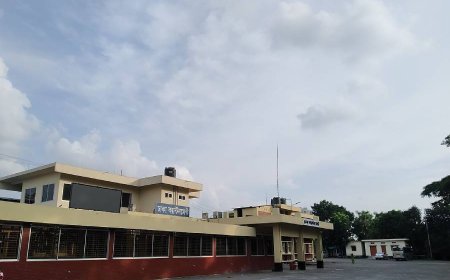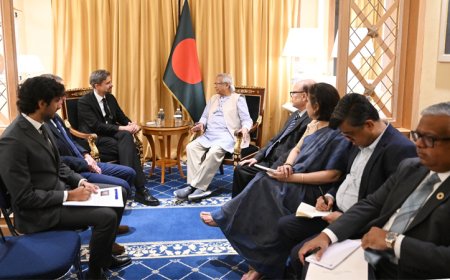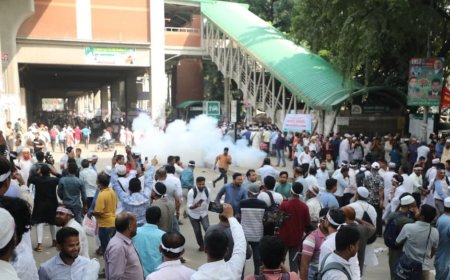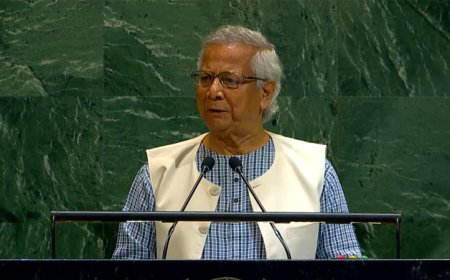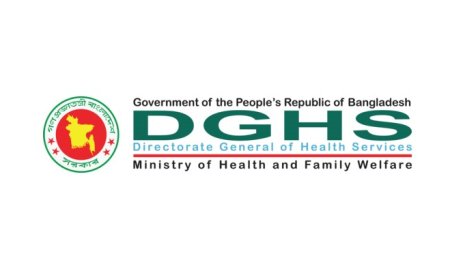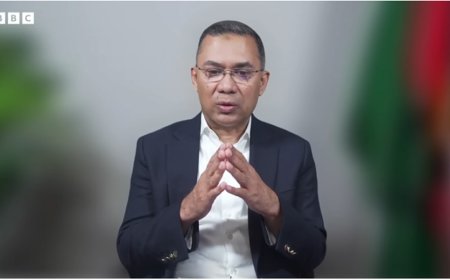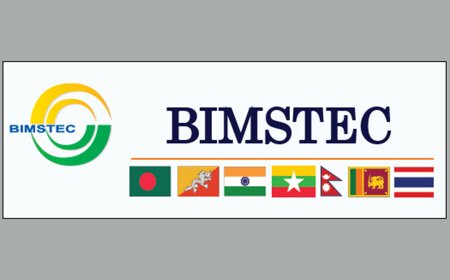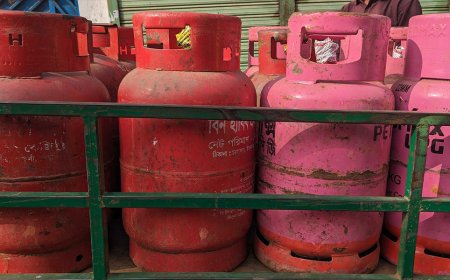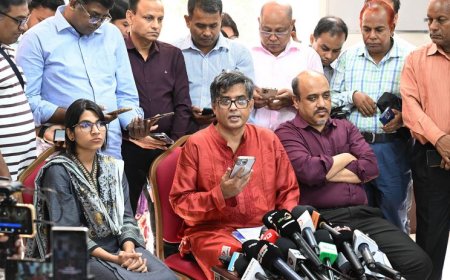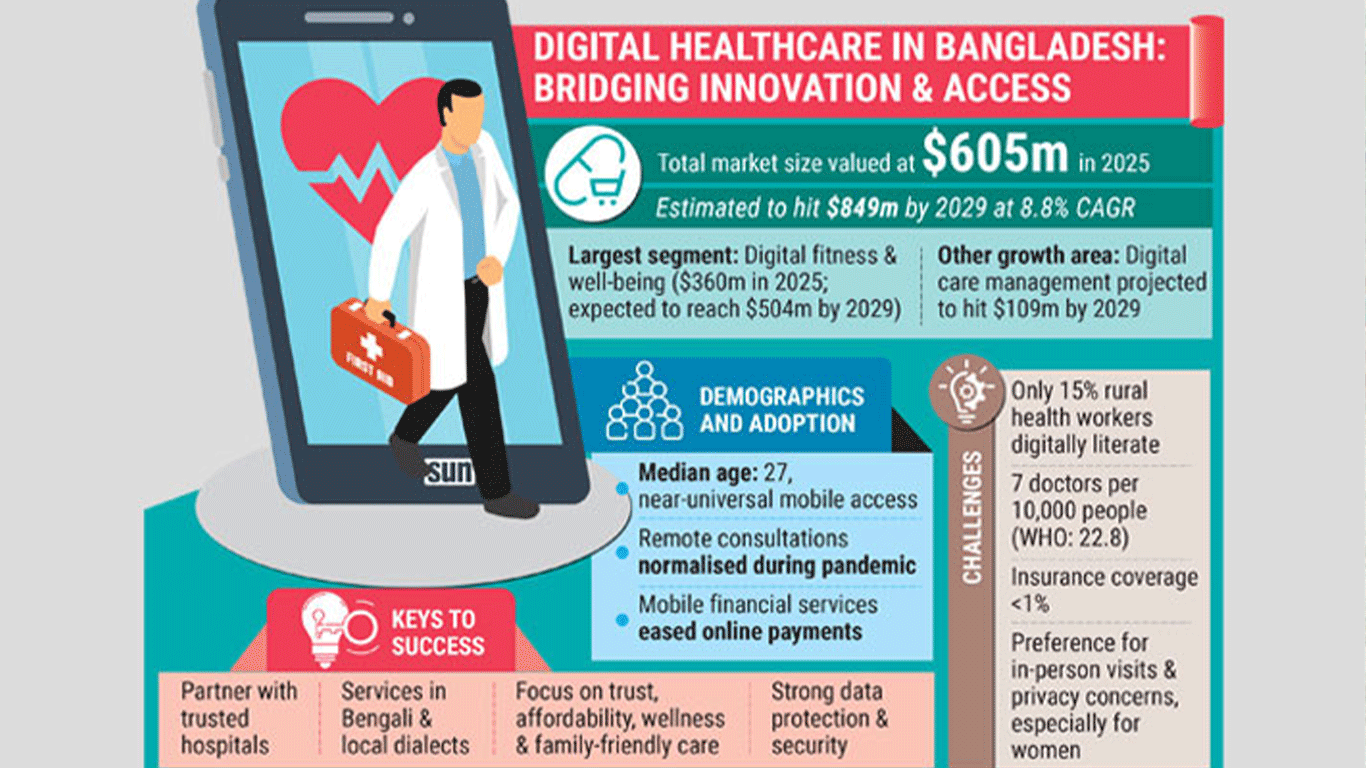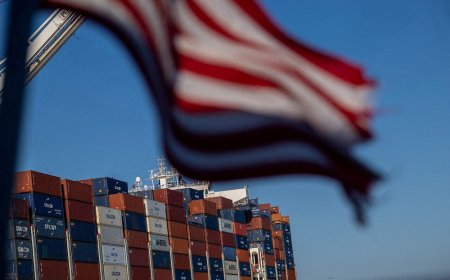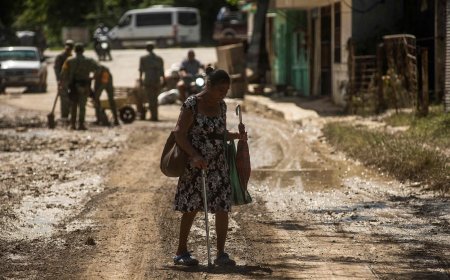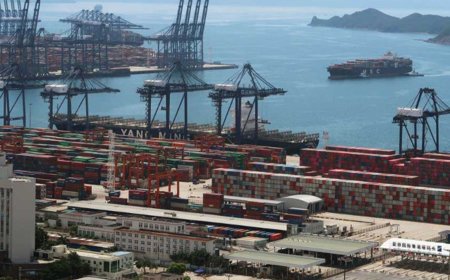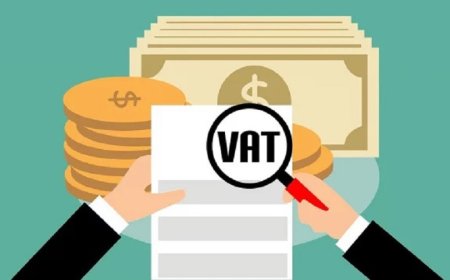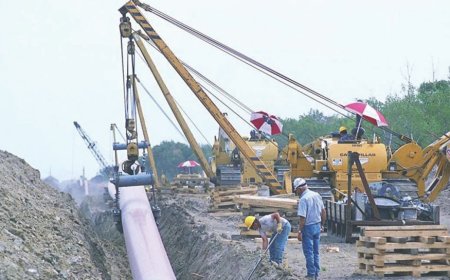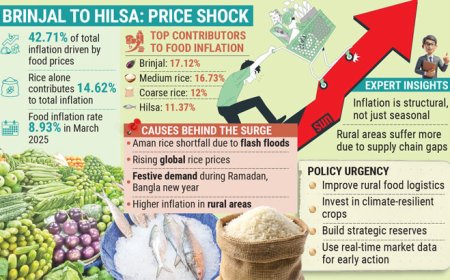GDP Growth Projected to Rise to 4.8% This Fiscal Year: World Bank
Economy Set for Gradual Recovery, but Key Reforms Needed to Improve Tax Revenue and Curb Subsidy Spending
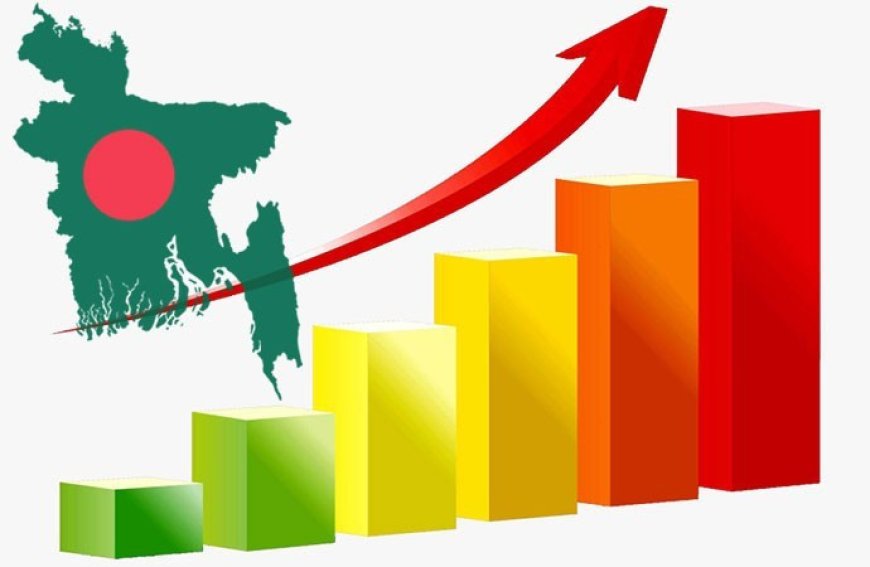
The World Bank has projected that Bangladesh’s GDP growth will rise to 4.8% in the fiscal year starting July, up from 4.0% in the previous year, as the economy begins a gradual recovery following a turbulent period.
According to the Bangladesh Development Update released on Tuesday, growth is expected to accelerate further to 6.3% in the next fiscal year beginning July 2026.
The latest report highlights signs of resilience in the economy but cautions that bold and timely reforms are crucial to sustain and accelerate growth in the coming years.
It notes that while FY2025 faced significant disruptions in its first half, the economy rebounded strongly in the latter half, driven by robust exports, record remittance inflows, and improved foreign exchange reserves. The shift to a market-based exchange rate and a narrowing current account deficit also helped ease external pressures.
Inflation, meanwhile, began to moderate due to tighter monetary policy, reduced import duties on essential food items, and strong agricultural output.
However, the report warns of emerging challenges. The fiscal deficit widened in FY2025 as tax revenues remained weak, while spending on subsidies and interest payments rose. Poverty increased between 2023 and 2024, and labor force participation fell from 60.9% to 58.9%, with women disproportionately affected—2.4 million of the 3 million new working-age individuals who remained outside the labor force were women.
Jean Pesme, the World Bank’s Division Director for Bangladesh and Bhutan, said that while Bangladesh’s economy has demonstrated resilience, it “cannot be taken for granted.” He underscored the need for structural reforms to boost domestic revenue, address banking sector vulnerabilities, reduce energy subsidies, manage rapid urbanization, and improve the investment climate.
The report also underscores Bangladesh’s shifting economic landscape over the past two decades, marked by changing employment patterns, population movements, and infrastructure growth. Industrial jobs have increasingly concentrated in urban centers such as Dhaka and Chattogram, deepening regional disparities. The World Bank calls for a rethinking of spatial development strategies to promote inclusive job creation nationwide.
The Bangladesh Development Update was released alongside the South Asia Development Update, a semiannual regional report analyzing economic trends and policy challenges. The October 2025 edition, titled Jobs, AI, and Trade, forecasts robust regional growth of 6.6% in 2025 but cautions about a possible slowdown ahead. It argues that greater trade openness and adoption of artificial intelligence could help the region create more and better jobs while boosting productivity and investment.
Johannes Zutt, World Bank Vice President for South Asia, said that South Asia “still holds enormous economic potential” and remains the world’s fastest-growing region, though countries must proactively address risks to sustain momentum. Franziska Ohnsorge, Chief Economist for South Asia, added that facilitating worker mobility across firms, sectors, and locations is key to realizing the benefits of trade and technology.
For Bangladesh, the path to higher and more inclusive growth will depend on the government’s ability to implement reforms that foster equality, empower the private sector, and build resilience. While the outlook offers cautious optimism, the report concludes that the window for reform is narrow—and the time to act is now.
What's Your Reaction?







